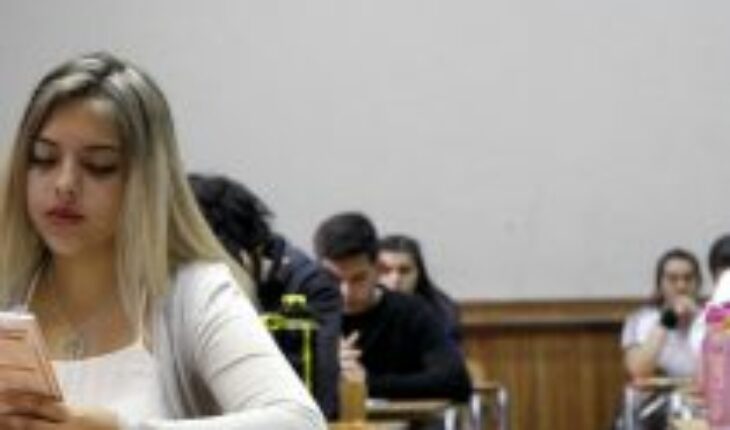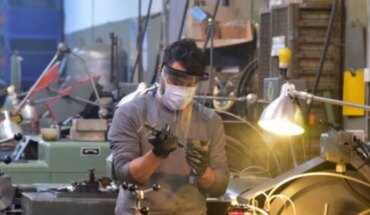The end of the Transition Test and the start of a new Higher Education Entrance Test (SEAP) have been announced. The new test will be based on the measurement of competencies and skills leaving behind an evaluation that was based on the mastery of curricular contents. The promise is that the new system will be fairer and more equitable. Will our students and families resist a new unfulfilled promise?
The transition test showed that a change in the type of questions and content to be evaluated produced a slight decrease in the social gap that year after year was verified with the PSU test. In its 2020 application, the authorities welcomed the reduction of gaps demonstrated by the new test. However, in the 2021 version this decrease stopped and, probably as it was in the case of the PSU, the decrease not only stabilizes in the first years, but the gaps can increase again returning to their original points. In the last version, the reduction of the gaps between the modalities of Secondary Education was revealed. It is a good achievement and that is explainable by the null consideration that the former PSU had of the curriculum of the Professional Technical Secondary Education. Despite this, and considering the scores obtained by students of both modalities, the social and cultural capital differences have a strong relationship with the scores obtained in the PDT. Will the new test really be able to guarantee a decrease in the differences associated with the social reality of the students?
It has been insisted that the selection tests act as a kind of thermometer and that they only measure the contents that have been proposed to be measured and do not solve the unequal distribution of the same attributed to the social and cultural reality of the students. Although this statement is conceptually debatable, the problem lies not in the instrument, but in the consequences of the results of its application. Indeed, technical efforts to improve the quality of measuring instruments can continue to progress to perfection. But the context of inequality of its application will not allow students who are at the lower levels of the social scale and educational opportunities to obtain the adequate scores to enter universities with the minimum standard of selection.
In this way the problem is not only technical and instrumental. It is broader and refers, finally, to the model of educational justice on which the system of selection and access to higher education rests. The problem is not new in the educational debate in the country. What is new is context. We are in a constituent moment where this discussion can find a higher instance of solution. The new constitution must declare the fundamental equality of all people and the right they have to education. Following a principle of equal justice, all people regardless of age and social status should have access to education of similar quality and equivalent results throughout life. Education is not limited to the school system or completed in the fourth year of secondary education. Will the new constitution guarantee the right to higher education? And if so, will the current selection processes and the instruments that will be applied guarantee the rights of all students to access Higher Education?
Since social and positional inequality will not be resolved overnight, it will also be important to act with a complementary principle of corrective justice. This implies that society must correct inequalities and guarantee more to those who have less. In this way, in addition to recognizing the right to education of all, it is expected that the new constitution will oblige the State to act with a particular recognition towards those who require different attention to equalize the opportunities and inclusive results to which society aspires. The constitutional debate will help define the model of educational justice that will inspire access to higher education in the coming years and for new generations.
The content expressed in this opinion column is the sole responsibility of its author, and does not necessarily reflect the editorial line or position of El Mostrador.





